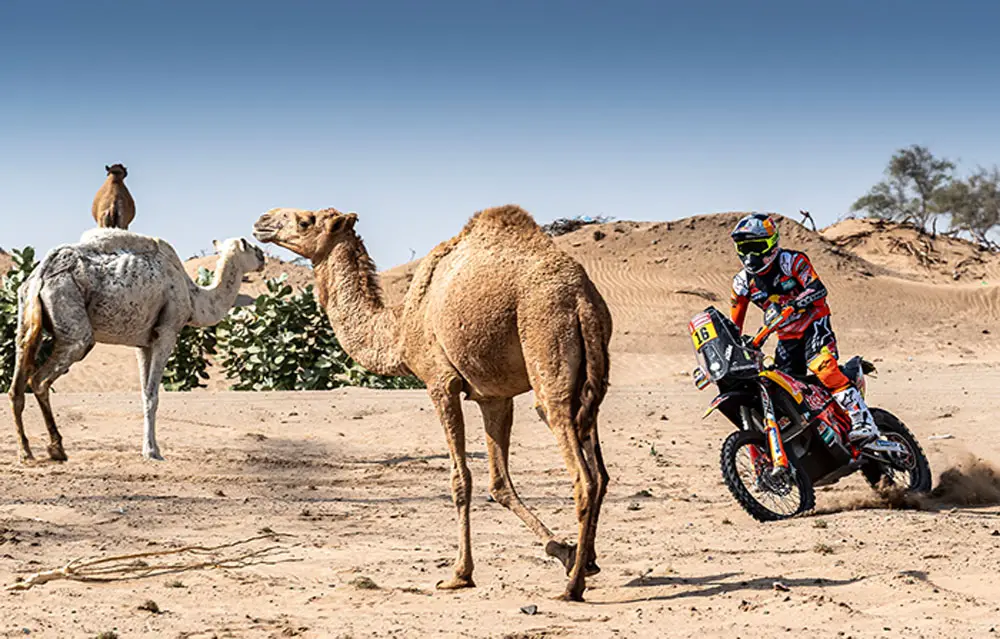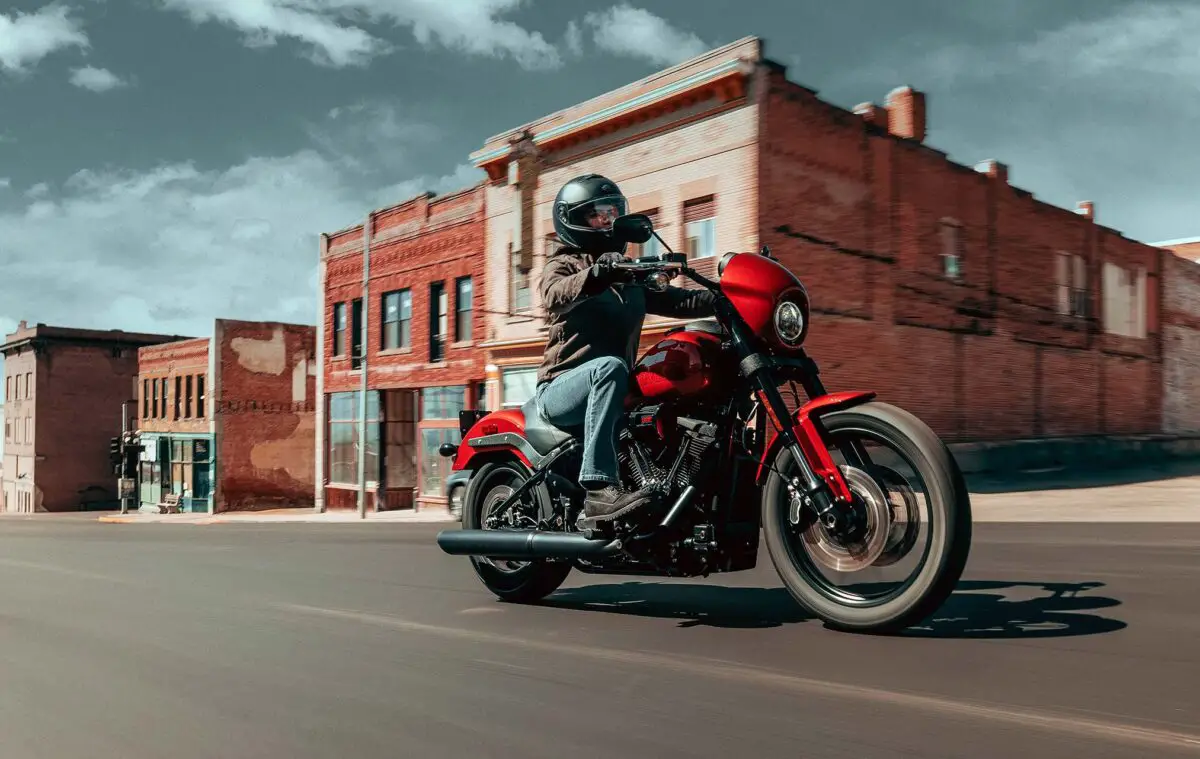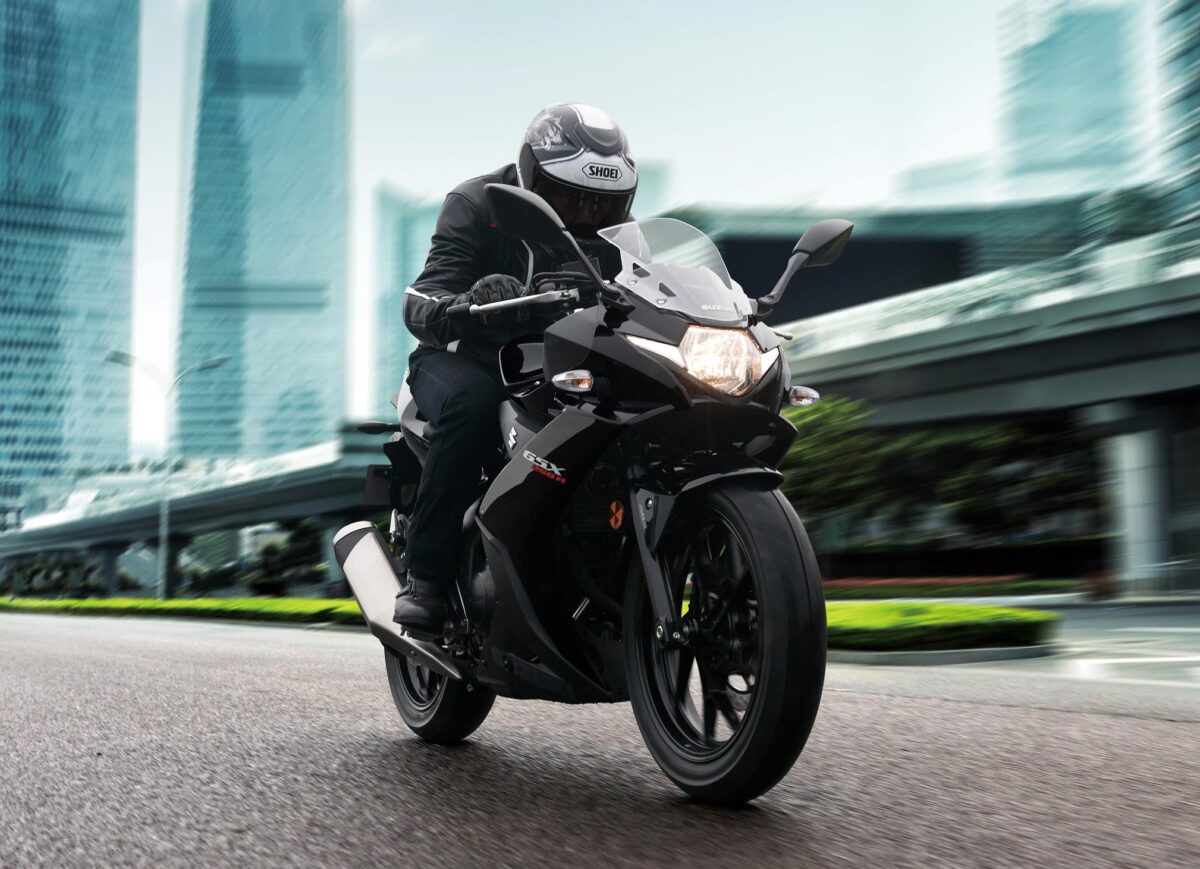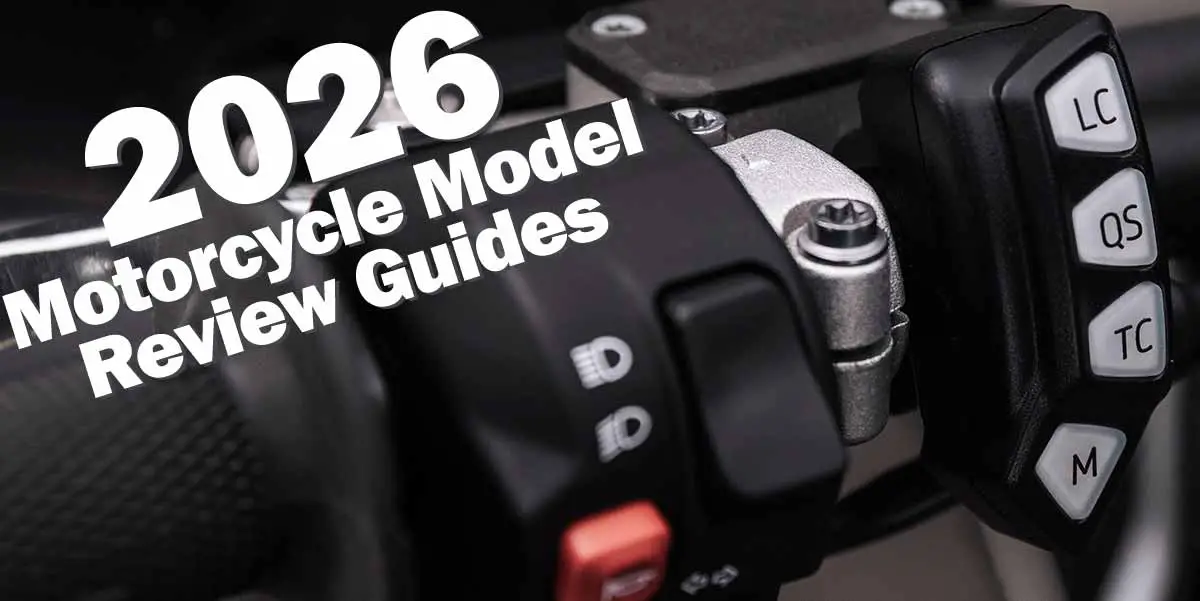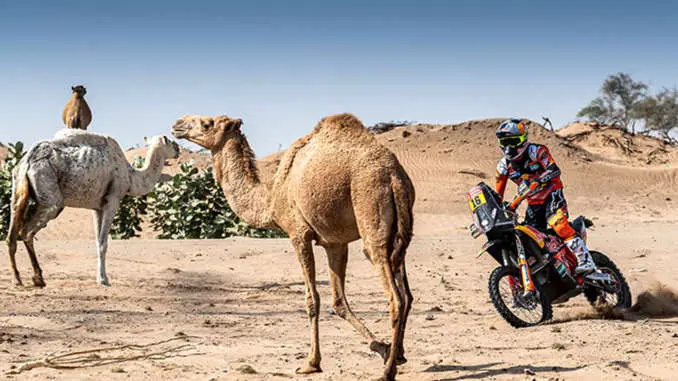
Motorcycling Around the World
How Riding Differs in North America, Europe, and Asia
Why Riding Culture Matters
Motorcycling isn’t just a mechanical experience – it’s a cultural one. The way we ride, the bikes we choose, the gear we wear, and the laws we follow are shaped by geography, history, and identity. Riding culture is the lens through which we interpret risk, freedom, utility, and community. And that lens changes dramatically depending on where you are in the world.
In North America, riding is often tied to freedom and rebellion. In Europe, it’s about precision and practicality. In Asia, it’s woven into . These differences aren’t just interesting – they’re essential for understanding how riders think, behave, and evolve.
What Shapes Riding Culture?
- Terrain: Mountains, deserts, cities, and rural roads all shape bike design and riding habits.
- Economics: Income levels affect bike size, gear quality, and maintenance access.
- Infrastructure: Lane width, traffic density, and parking availability influence riding style.
- Law & Licensing: Strict or relaxed systems shape rider skill and safety norms.
- Climate: Cold, heat, rain, and humidity affect gear choices and seasonal riding.
A Brief History of Global Riding
Motorcycling began as a niche pursuit in the early 1900s, with brands like Harley-Davidson, BMW, and Royal Enfield leading the charge.
Over time, riding evolved differently across continents:
- North America: Post-WWII boom, cruiser culture, and the rise of long-distance touring.
- Europe: Urban commuting, sportbike innovation, and strict licensing systems.
- Asia: Mass adoption for daily transport, scooter dominance, and family mobility.
Today, motorcycling is a global phenomenon – but it’s not the same everywhere. Understanding these differences helps riders appreciate their own habits and learn from others.
Riding as Cultural Mirror
Motorcycling reflects the values of the society it rides through. In some places, it’s a symbol of rebellion. In others, it’s a tool of survival. And in many, it’s a quiet act of independence. The way riders interact with traffic, gear, laws, and each other reveals deeper truths about trust, risk, and freedom.
- North America: Riding is often about personal freedom. Riders value autonomy, open roads, and self-expression.
Gear is a choice, not a mandate. The bike is an extension of identity. - Europe: Riding is treated as a skilled discipline. Safety is prioritized, gear is regulated, and training is rigorous.
The bike is a precision tool, not just a lifestyle symbol. - Asia: Riding is a necessity. It’s about mobility, affordability, and adaptability.
The bike is a family vehicle, a business tool, and a lifeline – often all at once.
🚫 Global Myth‑Busters
✅ Reality: Riding culture varies dramatically. What’s normal in one country (lane filtering, family riding, gear laws) may be illegal or unheard of in another.
✅ Reality: Some of the richest riding cultures exist in developing nations – shaped by necessity, creativity, and community.
✅ Reality: Gear laws and training vary wildly. Some countries mandate CE-rated armor; others allow flip-flops and no helmet.
Why This Page Exists
This guide isn’t just about facts – it’s about perspective. By exploring how motorcycling differs across North America, Europe, and Asia,
we gain insight into our own habits and assumptions. We learn what works, what doesn’t, and what we might borrow from other cultures to become better, safer, and more confident riders.
Whether you’re a new rider planning your first bike or a seasoned veteran curious about global trends, this page offers a modular, myth-busting look at how the world rides – and why it matters.
🛠️ DIY Drill
Pick one country from each region – for example, Canada, Germany, and Vietnam. Look up how riders in each place handle gear, licensing, and daily riding. Ask yourself:
- What’s considered “normal” gear in each country?
- How hard is it to get a motorcycle license?
- Is riding seen as recreation, transport, or identity?
This drill helps you see riding through a global lens – and maybe rethink what “normal” means in your own region.
✅ Key Takeaways
- Riding culture is shaped by terrain, economics, infrastructure, law, and climate.
- North America rides for freedom, Europe for precision, and Asia for mobility.
- Myths about gear, safety, and bike types vary – and many don’t hold up globally.
- Understanding global riding habits makes you a smarter, safer, and more adaptable rider.
- This guide explores how motorcycling differs across continents – and what we can learn from each other.
Ready to ride across cultures? Let’s start with North America.
North America
Freedom, cruisers, and the open road – the North American riding identity is built on distance, independence, and a love for torque.
Cultural Themes
In North America, motorcycling is more than transportation – it’s a statement. Riders here often associate their bikes with freedom, rebellion, and self-reliance. The image of a lone rider carving through desert highways or mountain passes is iconic, and deeply embedded in pop culture.
The riding culture is shaped by vast geography, long roads, and a strong sense of personal identity. Motorcycles are often seen as an extension of the rider’s personality – from chrome-heavy cruisers to stripped-down café builds.
- USA: Cruisers, baggers, and custom builds dominate. Harley-Davidson isn’t just a brand – it’s a cultural institution.
- Canada: Similar themes, but with a shorter riding season and stronger ADV/touring presence due to terrain and climate.
- Community: Rallies (Sturgis, Daytona, Port Dover), club culture, and solo touring are all part of the mix.
Historical Roots
North American motorcycling exploded post-WWII, when returning soldiers sought adrenaline, camaraderie, and freedom. The rise of biker clubs, outlaw culture, and long-distance touring shaped the public image of riders – sometimes unfairly, but always memorably.
- 1940s–60s: Harley and Indian dominate. The “biker” becomes a symbol of rebellion.
- 1970s–80s: Japanese brands enter the market. Sportbikes and standards gain traction.
- 1990s–2000s: Touring culture grows. Gold Wings, Road Glides, and BMWs hit the highways.
- 2010s–2020s: ADV and dual-sport riding surge. Riders seek versatility and off-road adventure.
Today, North American riders span every demographic – from 20-something commuters to 70-year-old tourers. The unifying thread? A love for the road, and the freedom it represents.
Common Bike Types & Terrain Matchups
North America’s vast geography shapes its bike preferences. Riders choose machines that match their terrain, lifestyle, and identity. From desert highways to forest trails, here’s how popular categories align with the land:
| Category | Popular Models | Best Terrain | Why It Works |
|---|---|---|---|
| Cruisers | Harley Sportster, Indian Scout, Yamaha Bolt | Highways, small towns | Low-end torque, relaxed ergonomics, iconic styling |
| Baggers/Tourers | Gold Wing, Road Glide, BMW K1600 | Cross-country, interstates | Comfort, luggage, wind protection for long hauls |
| ADV/Dual Sport | V-Strom 650, Africa Twin, Tenere 700 | Gravel roads, backcountry | Versatility, upright stance, off-road capability |
| Sportbikes | Ninja 400, R6, CBR500R | Twisties, track days | Speed, agility, performance tuning |
| Standards/Naked | MT-07, Z650, CB500F | Urban + weekend riding | Balanced ergonomics, commuter-friendly |
🚫 Myth‑Busters
✅ Reality: Studies show loud exhausts don’t improve safety. Visibility, rider awareness, and defensive riding matter more.
Loud pipes may even mask important sounds or draw negative attention.
✅ Reality: Mid-size bikes (500–700cc) handle highways just fine. They’re often easier to insure, maintain, and control – especially for new riders.
✅ Reality: Younger riders are rediscovering cruisers for their torque, comfort, and customization potential.
Retro styling and relaxed ergonomics appeal across generations.
Regional Quirks
- Lane Splitting: Legal in California, banned in most other states and provinces. Riders in Canada generally cannot filter or split.
- Helmet Laws: Mandatory in Canada; varies by state in the USA. Some states allow adult riders to go helmet-free.
- Seasonal Riding: In Canada, riding is often limited to April–October. Winter storage and insurance suspension are common.
- Fuel & Distance: Long stretches between gas stations in rural areas – especially in western Canada and the American Southwest.
- Insurance: Canadian riders face higher premiums, especially in provinces like Ontario and British Columbia.
🛠️ DIY Drill
Pick three North American riding styles – for example:
- Cruiser touring across Route 66
- 🧭 ADV camping in British Columbia
- 🏁 Sportbike commuting in downtown Toronto
For each style, list:
- Preferred bike type and engine size
- Essential gear (helmet, luggage, protection)
- Terrain and seasonal considerations
Then ask: Which one fits your lifestyle best – not just your budget?
This drill helps clarify your riding goals and avoid mismatched purchases.
✅ Key Takeaways
- North American riding culture is built on freedom, distance, and individuality.
- Cruisers and tourers dominate, but ADV and sportbikes are growing fast – especially in Canada.
- Myths like “loud pipes save lives” persist, but don’t hold up to scrutiny.
- Regional laws (helmet use, lane splitting) vary – know your local rules.
- Insurance, terrain, and seasonal riding shape habits more than brand loyalty.
Cultural Outtro
In North America, riding is a personal journey. Whether you’re carving through the Rockies or cruising down a prairie highway, your bike is your passport to freedom. The culture celebrates independence, but also welcomes community – from rallies to roadside chats.
As we shift gears to Europe, you’ll see how riding transforms from lifestyle to discipline. The roads get tighter, the gear gets stricter, and the habits get sharper. But the passion? Just as strong.
From wide-open highways to winding alpine passes – every region rides with purpose.
Europe
Precision, safety, and commuter culture – European motorcycling blends practicality with passion, shaped by tight cities and layered licensing systems.
Cultural Themes
In Europe, motorcycling is often woven into daily life. It’s not just a hobby – it’s a practical, efficient way to get around. Riders navigate narrow streets, dense traffic, and historic city layouts with ease. The culture emphasizes precision, safety, and utility, but also celebrates performance and style.
- Commuting: Scooters and mid-size standards dominate urban centers like Rome, Paris, and Barcelona.
- Touring: Riders in Germany, Austria, and the UK favor sport-tourers and ADV bikes for long-distance travel.
- Track & Performance: Italy and Spain have strong sportbike cultures, with MotoGP roots and twisty mountain roads.
- Safety Culture: Gear standards are high, and licensing is rigorous – riding is treated as a serious skill.
Common Bike Types
| Category | Popular Models | Urban vs Rural Use |
|---|---|---|
| Scooters | Piaggio Liberty, Yamaha XMAX, Honda SH125 | Urban commuting, short trips |
| Standards | Honda CB500F, Yamaha MT-07, BMW F900R | City + weekend riding |
| Sport-Tourers | Yamaha Tracer 7, BMW R1250RS, Ducati Multistrada | Long-distance touring, Alps, autobahn |
| ADV/Dual Sport | Tenere 700, KTM 890 Adventure, Triumph Tiger | Rural exploration, mixed terrain |
| Sportbikes | Aprilia RS660, Ducati Panigale, Yamaha R6 | Track days, twisty roads |
🚫 Myth‑Busters
✅ Reality: Scooters are popular in cities, but Europe has a thriving sportbike, touring, and ADV scene – especially in Germany, Italy, and the UK.
✅ Reality: Many European countries require CE-rated gear by law. Even short rides demand full protection.
✅ Reality: Licensing is rigorous, but new riders still face learning curves. The difference is in training, not talent.
Licensing Tiers & Gear Laws
Europe’s licensing system is layered and rigorous. Most countries follow the A1–A2–A tiered structure, which restricts engine size and power-to-weight ratio based on age and experience. Riders often start on 125cc machines and “graduate” to larger bikes over time.
- A1: 16+ years old, up to 125cc and 11kW (e.g., scooters, small commuters)
- A2: 18+ years old, up to 35kW (e.g., CB500F, MT-03)
- A: 20+ years old (or 24+ direct access), unrestricted power (e.g., R1, GSX-R1000)
Gear laws are also strict. Many countries require ECE-rated helmets, CE-rated armor in jackets and pants, and even motorcycle-specific boots and gloves. Riding without proper gear can result in fines or license points – even on short trips.
Regional Quirks
- Lane Filtering: Legal and expected in many countries (France, Italy, Spain). Riders weave through traffic with precision.
- Helmet Standards: ECE 22.05 or 22.06 required – DOT-only helmets are not accepted.
- Parking Culture: Bikes often park on sidewalks or designated moto bays. Free parking is common in cities.
- Insurance: Often cheaper than North America, especially for smaller bikes and experienced riders.
- Riding Season: Year-round in southern Europe; seasonal in northern regions like Scandinavia or the UK.
🛠️ DIY Drill
Pick a European country (e.g., France, Germany, Italy). Research its licensing tiers, gear laws, and lane filtering rules. Then compare to your local system. You’ll quickly see how culture shapes safety and access – not just regulation.
🔎 Key Takeaways
- European riding culture blends practicality, safety, and performance – especially in urban environments.
- Licensing is tiered and rigorous, shaping bike choices and skill development.
- Gear laws are strict – CE-rated protection is often mandatory, even for short rides.
- Lane filtering is legal and expected in many countries, improving traffic flow and rider visibility.
- Scooters dominate cities, but touring, ADV, and sportbike cultures thrive across the continent.
Asia
Density, utility, and two-wheel dominance – in Asia, motorcycling is a way of life, shaped by affordability, traffic, and cultural diversity.
Cultural Themes
Asia is home to the largest population of motorcyclists in the world – not because riding is a hobby, but because it’s a necessity. In cities like Hanoi, Bangkok, and Jakarta, motorcycles outnumber cars by a wide margin. Riding is about mobility, affordability, and adaptability.
- Vietnam & Thailand: Scooters dominate. Families ride together, and bikes are used for everything – commuting, deliveries, even mobile shops.
- India: Motorcycles are essential for navigating dense traffic and rural roads. Commuter bikes (100–250cc) are the norm.
- Japan: A mix of scooters, standards, and high-performance bikes. Riding is more regulated and gear-conscious.
- Indonesia & Philippines: Two-wheelers are the backbone of daily life, with creative adaptations for cargo and passengers.
Common Bike Types
| Category | Popular Models | Primary Use |
|---|---|---|
| Scooters | Honda Click, Yamaha Mio, Suzuki Access | Urban commuting, family transport |
| Commuter Bikes | Hero Splendor, Honda Shine, Bajaj Pulsar | Daily work, rural mobility |
| Standards | Yamaha MT-15, Honda CB150R, Suzuki GSX150 | City + weekend riding |
| Sportbikes | Kawasaki Ninja 250, Yamaha R15, Honda CBR500R | Performance, youth culture |
| Utility Bikes | TVS XL100, Honda Wave, Yamaha YB125 | Cargo, delivery, multi-passenger |
🚫 Myth‑Busters
✅ Reality: Safety gear is often limited by cost and climate, but awareness is growing. Countries like Japan and Taiwan have strong gear cultures.
✅ Reality: Scooters dominate cities, but standards, sportbikes, and ADV bikes are popular among enthusiasts – especially in Japan and India.
✅ Reality: Traffic flow is different, but often adaptive and cooperative. Riders navigate dense environments with skill and awareness.
Licensing & Gear Norms
Licensing systems vary widely across Asia. Some countries have rigorous testing and tiered licenses (like Japan), while others have more accessible entry points. In India and Southeast Asia, licenses for small-displacement bikes (under 150cc) are common and relatively easy to obtain. However, enforcement and renewal standards can be inconsistent.
- Japan: Tiered licensing (ordinary vs large motorcycles), strict testing, gear-conscious culture.
- India: Learner’s permit followed by basic road test. Helmet laws exist but enforcement varies by region.
- Vietnam & Thailand: Scooter licenses are common; gear laws are minimal but evolving.
- Indonesia: License required for all motorbikes, but informal riding is widespread.
Gear usage varies by region. In Japan and Taiwan, full gear is common and culturally expected. In tropical regions, riders often wear minimal protection due to heat and cost – though awareness campaigns are growing.
Regional Quirks
- Family Riding: It’s common to see 2–4 people on a single scooter – including children and cargo.
- Traffic Flow: Dense, adaptive, and cooperative. Riders navigate with instinct and experience.
- Parking: Bikes park anywhere – sidewalks, storefronts, alleys. Formal moto bays are rare.
- Fuel Economy: Most bikes sip fuel – 100–150cc machines often exceed 100 mpg (2.5 L/100km).
- Customization: Riders personalize bikes with baskets, racks, decals, and even sound systems.
🛠️ DIY Drill
Choose two Asian countries (e.g., India and Vietnam). Compare their most popular bike types, licensing systems, and gear habits.
Then reflect on how climate, income, and infrastructure shape riding culture – not just laws.
🔎 Key Takeaways
- Asia leads the world in motorcycle volume – riding is essential, not optional.
- Scooters and commuter bikes dominate, but sportbike and enthusiast cultures thrive in Japan and India.
- Licensing and gear norms vary – safety awareness is growing, but climate and cost are major factors.
- Traffic flow is dense but adaptive – riders rely on instinct, not just rules.
- Motorcycling in Asia is deeply tied to daily life, family, and local economy – not just recreation.
Global Riding Comparison
How do North America, Europe, and Asia stack up when it comes to riding culture, gear, terrain, and habits?
📊 Side-by-Side Breakdown
| Aspect | North America | Europe | Asia |
|---|---|---|---|
| Primary Culture | Freedom, touring, lifestyle | Commuting, safety, performance | Utility, affordability, family use |
| Common Bike Types | Cruisers, ADV, baggers | Scooters, standards, sport-tourers | Scooters, commuter bikes, utility |
| Licensing System | Basic test, varies by state/province | Tiered (A1–A2–A), strict testing | Mixed – rigorous in Japan, accessible elsewhere |
| Gear Norms | Helmet required, gear optional | CE-rated gear often mandatory | Helmet common, gear varies by region |
| Terrain & Riding Style | Long highways, seasonal riding | Twisty roads, urban filtering | Dense traffic, adaptive flow |
| Community & Events | Rallies, clubs, solo touring | Track days, touring groups | Family riding, local adaptations |
| Parking & Storage | Garages, paid lots, seasonal storage | Sidewalk bays, free moto zones | Anywhere – storefronts, alleys, curbs |
| Fuel Economy Focus | Moderate – varies by bike size | High – scooters and mid-size bikes | Extreme – 100+ mpg common |
What This Tells Us
Motorcycling isn’t one-size-fits-all. Each region rides differently because each region lives differently. The bikes, gear, laws, and habits reflect local terrain, income, infrastructure, and culture. Understanding these differences helps us appreciate the global riding community – and maybe rethink our own habits.
Cultural Outtro
Whether you ride a cruiser across Alberta, a scooter through Bangkok, or a sport-tourer in the Alps, you’re part of a global community that shares one thing: the joy of two wheels. The differences in gear, laws, and habits aren’t barriers – they’re stories. Every rider, everywhere, is solving the same puzzle in a different way.
So next time you see a video of Vietnamese traffic or a MotoGP race in Spain, don’t just admire the bikes – admire the culture. And maybe borrow a few ideas for your own riding life.
Riding is universal. The details are local. The passion is global.
🛠️ DIY Drill
Pick one riding habit or law from each region that’s different from your own.
Ask: “Would this improve my riding?”
Examples: lane filtering (Europe), family riding (Asia), seasonal storage (Canada).
Then try one – even if it’s just a mindset shift.
✅ Global Key Takeaways
- North America rides for freedom and distance – cruisers, tourers, and seasonal habits dominate.
- Europe rides with precision and safety – licensing, gear, and urban commuting shape the culture.
- Asia rides for utility and mobility – scooters and commuter bikes are essential tools of daily life.
- Gear, laws, and habits vary – but every rider faces the same core challenges: safety, cost, and joy.
- Understanding global riding culture makes you a smarter, more adaptable, and more respectful rider.


